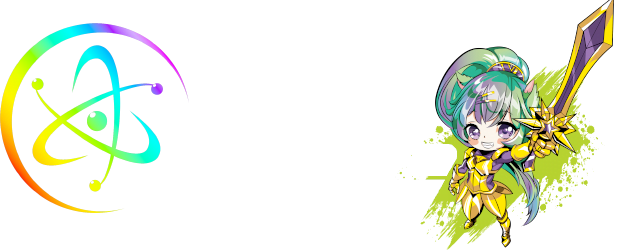The Outer Worlds 2 opens with a haunting shot of Arcadia’s skyline. Neon signs buzz over decaying towers while a soft corporate jingle echoes through static. It’s bleak, yet captivating. From that moment, you know Obsidian isn’t here to tell the same story twice.
The first game was a sharp satire about capitalism in space. This sequel throws you headfirst into Arcadia, a new system drenched in greed, propaganda, and half-truths. Every smiling face hides a marketing pitch, every revolution is a rebrand. Arcadia isn’t a place of discovery; it’s a wasteland where corporations still smile while bleeding everything dry. You’re just another colonist pulled from cryo-sleep and thrown into the chaos, where every deal has fine print and every ally has an agenda.
It’s bigger, darker, and far more personal. Obsidian’s sense of humor is still alive, but it cuts closer to the bone. You don’t save the galaxy this time. You just try to survive it. The story doesn’t waste time pretending you’re the good guy; it’s far more interested in what happens when you’re forced to pick the least terrible option and live with it.

Arcadia is divided between factions that make Halcyon look tame. The Trust Aunties run their wellness empire like a cult. The Order of Ascendant worships corrupted AI as divine truth. And the Directorate pulls strings from the shadows, claiming they’re restoring order while feeding on everyone else’s chaos.
The writing is the best it’s ever been for this series. Every dialogue choice feels risky, and even the “right” answers leave a mark. The humour is subtle now, more like a nervous laugh before the next bad decision. Obsidian still knows how to make you question your morals without ever preaching at you.
What stands out most is how reactive the world feels. NPCs remember your choices, factions shift, and companions will flat-out walk away if they disagree with your path. It’s not about being good or bad anymore, it’s about who you’re willing to disappoint.

Combat has finally caught up with the story. Every weapon feels distinct, from the thundering revolvers to the absurd science guns that warp time or gravity. Gunplay has more punch, movement is smoother, and fights feel chaotic in all the right ways.
The perk and flaw system remains a highlight. You can pick traits that make you faster, tougher, or luckier, but every advantage carries a sting. I loved how flaws aren’t just penalties; they become part of your story.
Exploration has been given the upgrade fans wanted. Jet-assists, climbing, and more vertical maps make the world feel alive and layered. Arcadia rewards curiosity. You’ll find hidden labs, abandoned towns, and plenty of environmental storytelling that fills in the gaps between quests.

The Outer Worlds 2 looks incredible. Unreal Engine 5 brings depth and texture to every surface, from polluted skylines to dusty desert plains. It’s gritty, colourful, and loaded with small details that tell their own stories. Even facial animations have improved; companions react with genuine emotion instead of blank stares.
Lighting does a lot of heavy lifting. Walking through a neon-lit street after a firefight feels cinematic, almost dreamlike. Each location has its own identity. Sterile labs, jungle outposts, corporate cities drowning in advertisements.
Sound design is just as strong. Weapons crack with force, radios spill propaganda, and ambient noise sells the illusion of a living world. The new faction-based radio stations are pure gold. One moment you’re listening to upbeat jingles, the next you realise the lyrics are veiled threats. It’s smart, unsettling, and very Obsidian.
The soundtrack blends industrial synth with subtle orchestral cues. It never overwhelms the moment; it builds it.

Expect your first playthrough to hit 40 to 60 hours, but don’t stop there. The branching paths are serious this time. Entire storylines lock or open depending on who you support or betray. Companions can turn on you or die permanently, which makes choices feel heavier than before.
Replay value is huge. You’ll want to try different factions, experiment with new builds, and chase the alternate endings. The sense of consequence is real, it’s impossible to see everything in one run, and that’s what makes it exciting.



